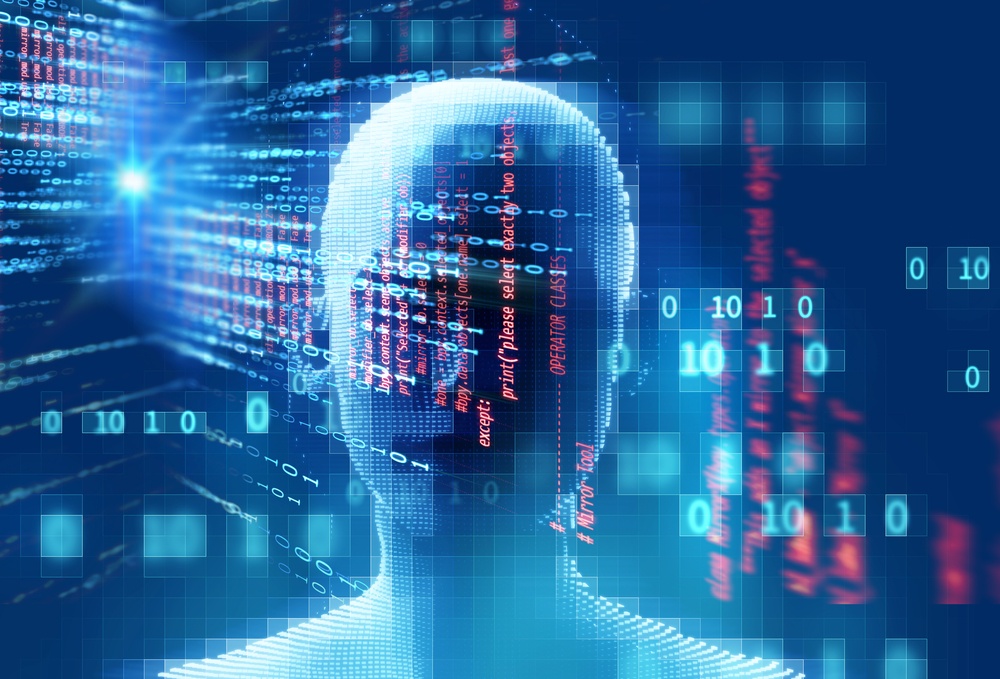Education is no longer limited to classrooms and textbooks. In 2025, AI-powered learning apps are transforming how people acquire knowledge, making education more personalized, engaging, and accessible than ever before.
From adaptive learning paths to AI tutors, these apps are not only enhancing academic performance but also helping professionals upgrade their skills in a rapidly changing digital world.
This article explores the most powerful AI features in modern learning apps, how they work, and why they are shaping the future of education.
1. Adaptive Learning Paths
One of the most revolutionary features in AI-driven learning apps is adaptive learning. Unlike traditional apps that offer the same content to every student, adaptive AI analyzes progress and customizes lessons to match each learner’s strengths and weaknesses.
Benefits:
- Students learn at their own pace.
- Weak areas are strengthened through targeted practice.
- Faster completion of courses with better retention.
👉 Example: A math learning app in 2025 adjusts difficulty levels based on student performance in real time.

2. Intelligent Virtual Tutors
AI-powered tutors act like 24/7 personal instructors. These virtual assistants answer questions, explain concepts, and even provide step-by-step problem-solving assistance.
Key Features:
- Available anytime, anywhere.
- Personalized explanations based on student learning style.
- Can teach multiple languages and subjects.
👉 Professionals preparing for exams now use AI tutors instead of expensive coaching classes.
3. Natural Language Processing (NLP) for Conversations
Learning apps now include conversational AI that allows students to ask questions in natural language.
- Voice-based interactions make learning feel natural.
- Real-time translation for multilingual learners.
- Doubt clearing in seconds without waiting for teachers.
👉 Example: A student asks an AI assistant to explain physics in simple terms, and the app responds instantly with a clear breakdown.
4. Gamified AI Learning
Gamification powered by AI has turned education into an engaging experience. AI tracks progress and offers rewards, challenges, and leaderboards to keep learners motivated.
Features:
- AI designs personalized quizzes and challenges.
- Instant feedback after each activity.
- Students stay motivated with rewards and progress badges.
👉 Result: Gamified AI learning apps increase student engagement by up to 60% compared to traditional apps.
5. Predictive Analytics for Performance
AI in learning apps doesn’t just track progress—it predicts performance. Using data, it forecasts how students are likely to perform on exams and assignments.
Benefits:
- Early identification of weak areas.
- Customized study plans for better results.
- Teachers and parents get detailed performance reports.
👉 Example: Universities use AI learning apps to predict student outcomes and provide support before exams.
6. Personalized Content Recommendations
AI recommends personalized study materials, videos, and exercises based on learner interests and goals.
- Career-focused learners get AI-recommended skill modules.
- Students preparing for exams get targeted practice questions.
- Language learners get customized vocabulary lessons.
👉 Example: A coding app suggests projects based on the student’s previous performance in programming challenges.
7. Voice & Image Recognition
Modern AI learning apps can now understand voice and visual inputs.
- Students upload math problems via camera, and AI solves them step by step.
- Voice-based commands allow hands-free learning.
- Language apps use speech recognition to correct pronunciation.
👉 Example: A student takes a picture of a chemical equation, and the app instantly generates an explanation with real-world examples.
8. Real-Time Feedback & Assessment
Unlike traditional exams, AI provides instant feedback after every activity.
- Students get immediate corrections and explanations.
- Adaptive quizzes measure growth over time.
- Teachers save time with automated grading.
👉 Example: Writing apps powered by AI highlight grammar mistakes and suggest improvements instantly.
9. AI-Powered Collaboration Tools
Learning in 2025 is not just individual—it’s collaborative. AI connects students with peers who have similar goals, strengths, or challenges.
Features:
- AI-matched study groups.
- Real-time group projects with AI moderation.
- Peer-to-peer tutoring powered by AI matching.
👉 Example: A global learning app matches English learners in Asia with native speakers in the US for conversation practice.
10. Accessibility Through AI
AI learning apps are breaking barriers for students with disabilities.
- Speech-to-text for hearing-impaired learners.
- Text-to-speech for visually impaired learners.
- Adaptive content for neurodiverse students.
👉 Example: AI apps now read aloud entire lessons, allowing blind students to access digital learning with ease.
The Future of AI Learning Apps
AI in education is moving towards fully immersive experiences powered by AR/VR and AI. By 2030, students may learn in virtual AI classrooms, where they interact with teachers and peers from across the world in real time.
Upcoming trends:
- AI-powered skill certifications recognized by employers.
- VR-based virtual labs for science experiments.
- Digital AI mentors guiding students throughout careers.

